© Copyright PULS GmbH
Power Supply

What is the meaning of the IP ratings for power supplies?
August 25, 2023
The IP rating indicates to what extent an electrical device is protected against the penetration of foreign objects and moisture. In this blog post, you can find out which IP codes there are, what the differences are between them and what you need to pay attention to when choosing a power supply. Environmental influences such […]
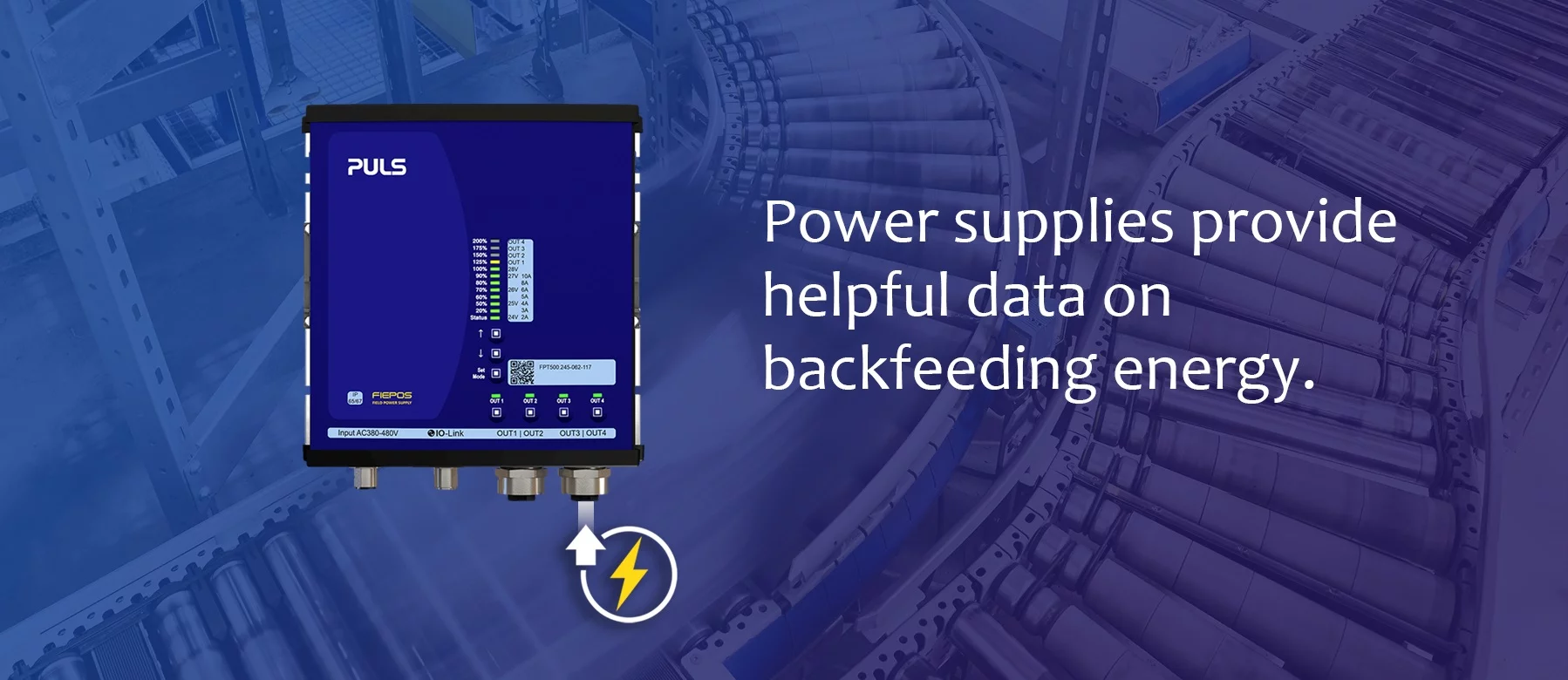
Analysing backfeeding events with the help of power supply data
July 12, 2023
Backfeeding is a physical process that is highly desirable in many applications, such as electric vehicles, for the purpose of energy recovery. However, in an industrial setting, backfeeding can be a problem and lead to costly system downtimes if the power supply units fail. In this blog article you will learn how power supply data […]

Efficient power supplies – An investment in the future
April 28, 2023
In the search for a suitable power supply, the costs play a major role, alongside the technical requirements. The focus is often on the initial purchase price, while other potential costs that may be incurred during the operation of the power supply are not taken into consideration. In this blog post, we demonstrate why the […]

What does the MTBF (Mean Time Between Failures) tell you?
March 22, 2023
MTBF is the measure for the reliability of a device or system component. In this blog article you will learn what exactly is meant by MTBF, why it is an important quality indicator for power supplies and how it differs from service lifetime. The term MTBF appears in the data sheets of various technical system […]
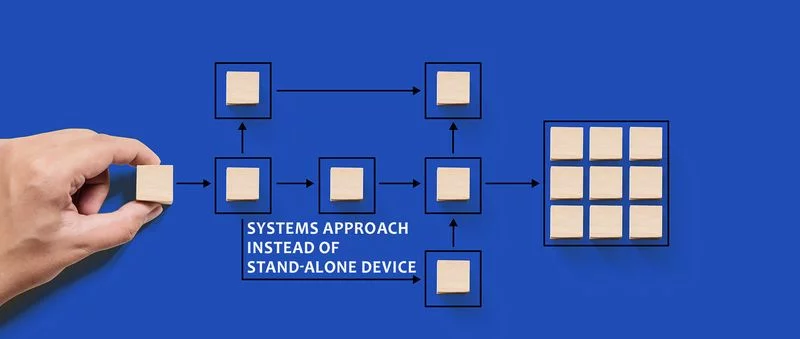
How can the availability of a system be increased?
February 13, 2023
For plant operators, the primary goal is to ensure maximum availability of machines and systems. This requires a reliable power supply throughout the entire lifetime of the system. Therefore, it is important that the applied power supplies are reliable, safe and durable. Within a power supply system, however, the power supply unit is often just […]
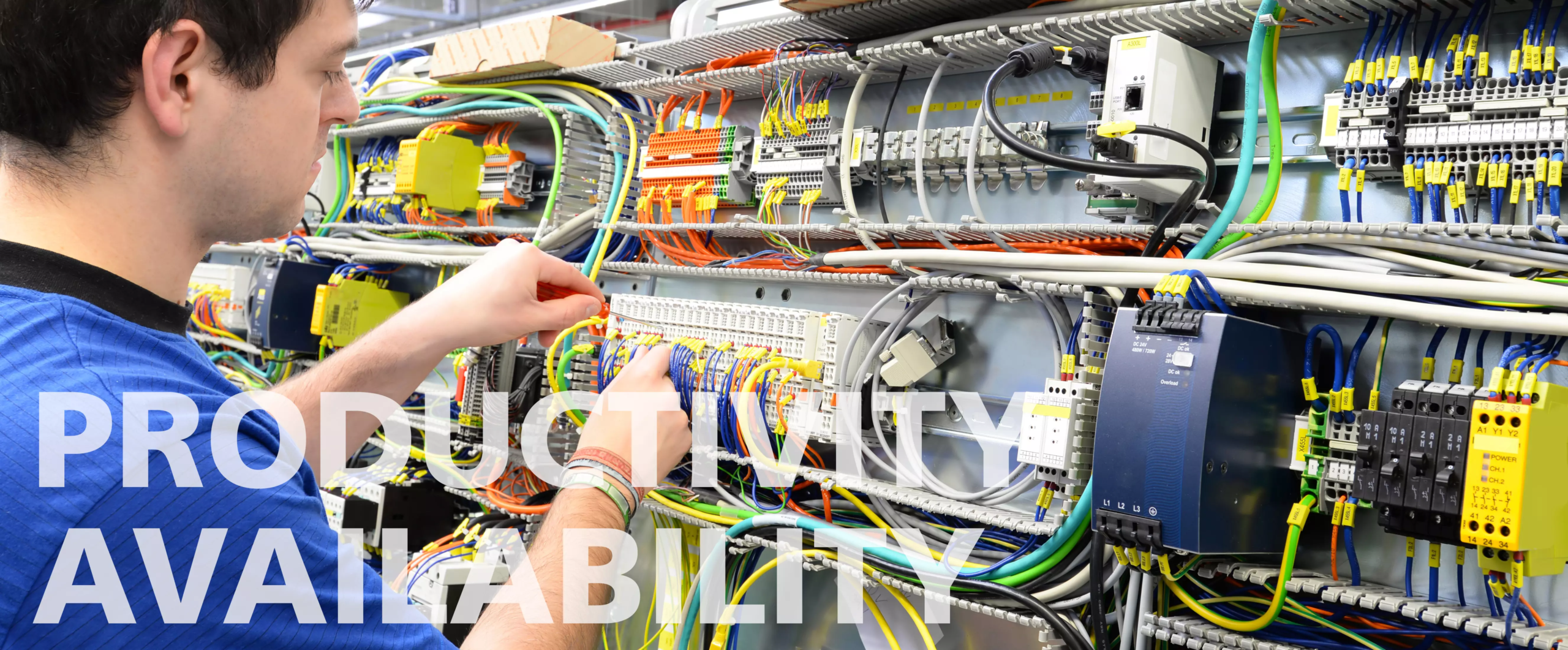
Parallel connection and redundancy of power supplies – What is the difference?
November 28, 2022
You are in need of a higher total power for your system or machine, or want to ensure a reliable power supply? Common solutions include the parallel connection or establishing a redundant power supply system. In this blog post, you will learn more about the definition, the differences and the correct use of both system […]
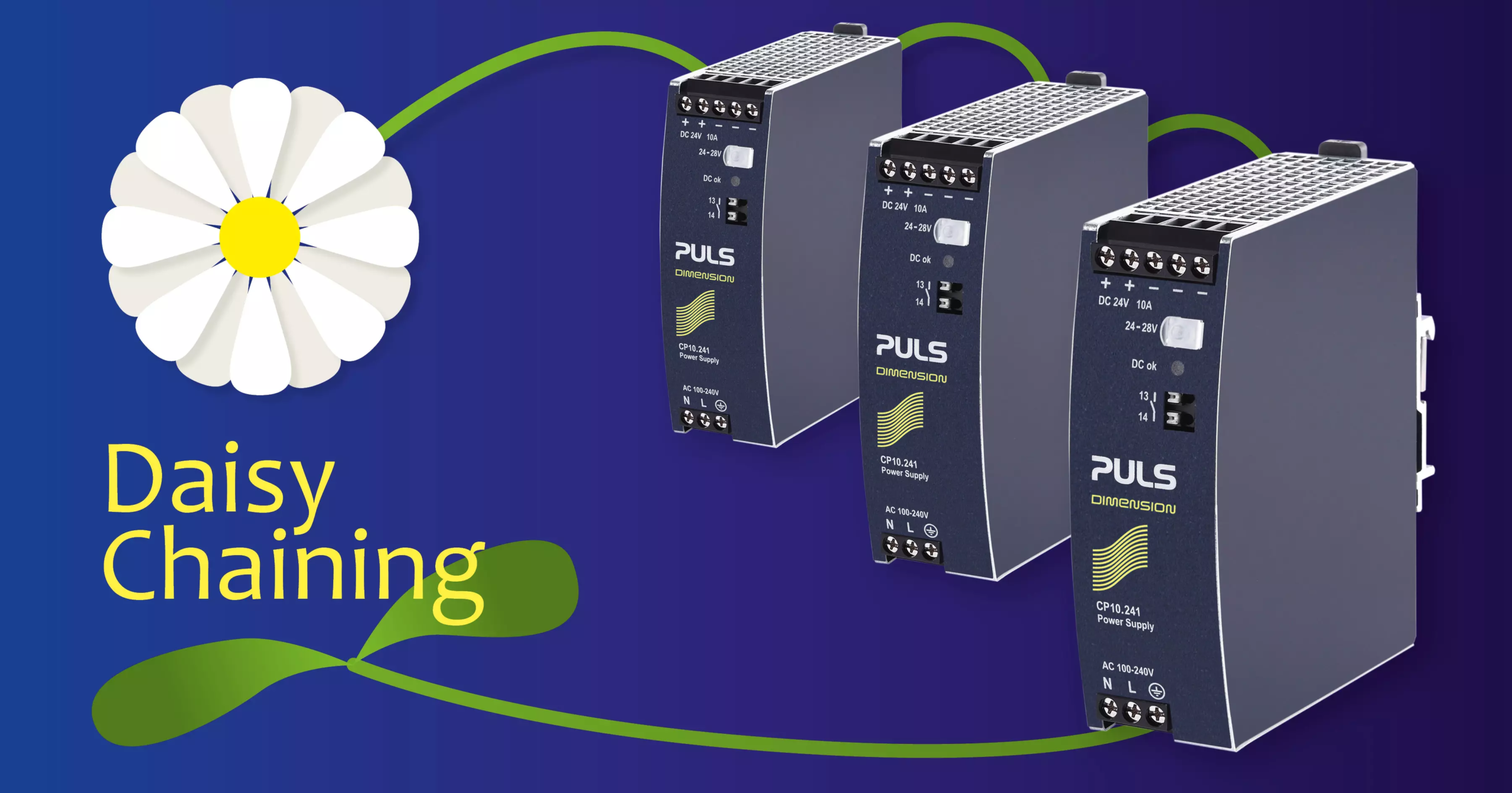
What does daisy chaining mean for power supplies?
October 20, 2022
The colloquial term daisy chaining has established itself as a description for the direct connection of technical devices in series. In this blog article, you will learn what you should consider if you want to operate several power supplies in a daisy chain. Daisy chaining refers to a wiring scheme in which several devices, such […]
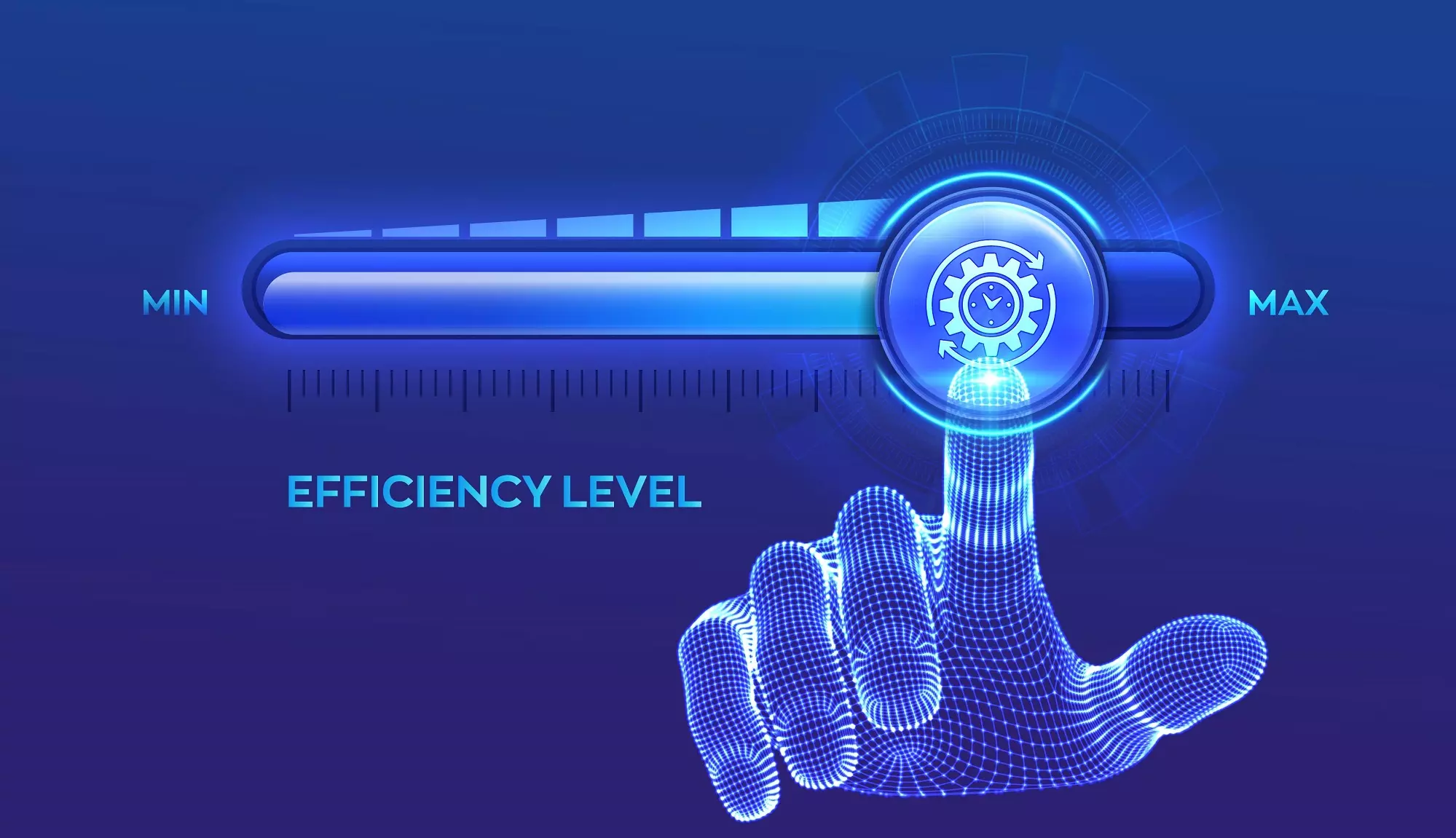
How to correctly measure the efficiency of a power supply!
September 22, 2022
Manufacturers’ data sheets often only give blanket information on efficiency and power losses of their power supplies at different mains voltages or loads. Therefore, it is advisable for users to measure the efficiency of a power supply themselves. In this blog article, you will learn what you should pay attention to. Multimeter, wattmeter or power […]

How do medical power supplies help protect patients and hospital staff?
August 8, 2022
In medical technology, the protection of patients and hospital staff has top priority. For this reason, medical power supplies are subject to strict requirements regarding safety, reliability and EMC. In this blog article you will find out how medical technology can benefit from the experience gained in machine building and system engineering. Power supplies have […]
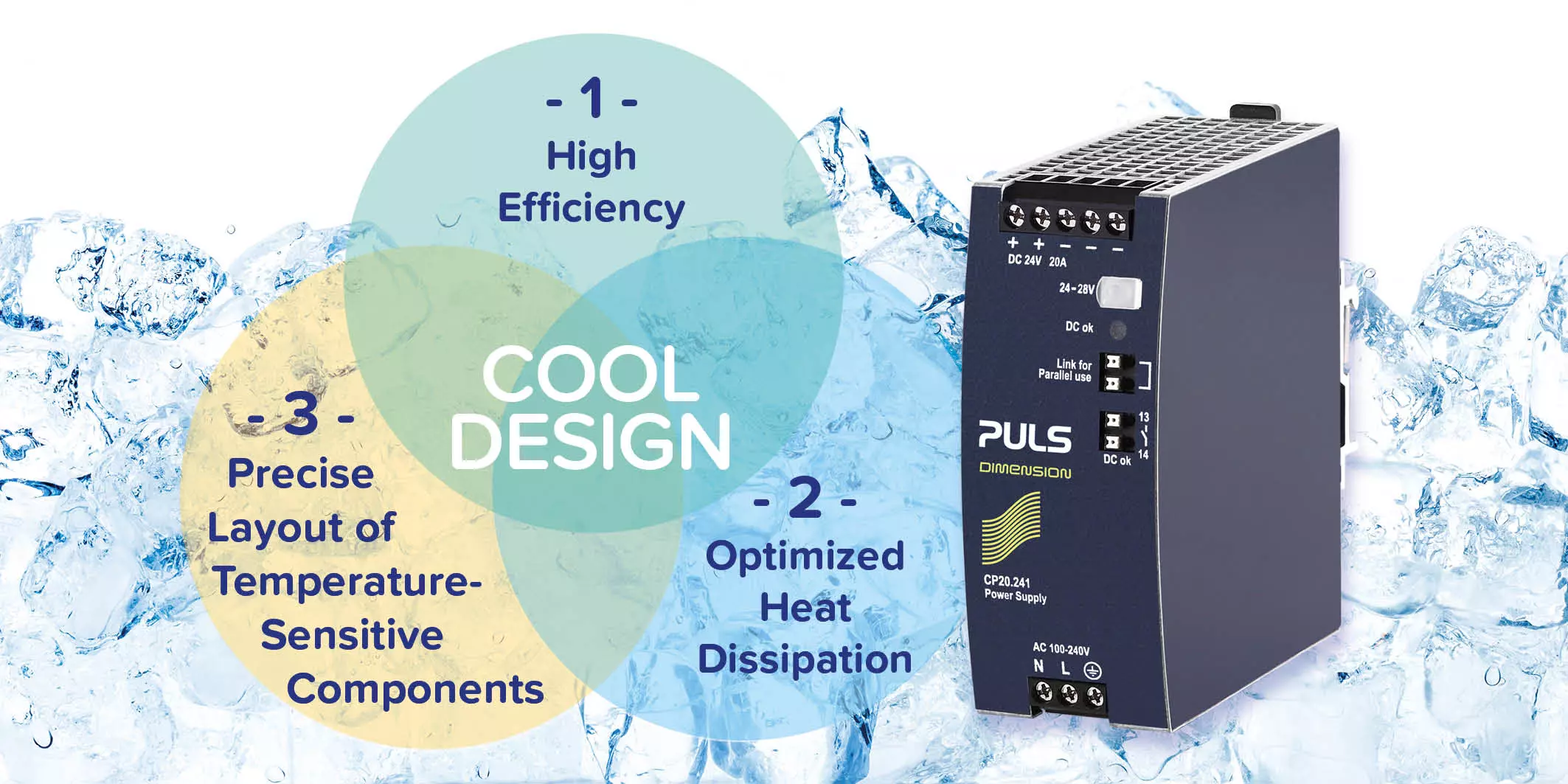
DIN rail power supply units: How the service lifetime is determined by the temperature
July 22, 2022
Higher efficiency means less heat An essential factor for low heat generation in the power supply is, a high efficiency of the unit. The efficiency value describes the ratio of output power to input power of a power supply. The difference is converted into heat as loss. The advantage of high efficiency is obvious on […]


